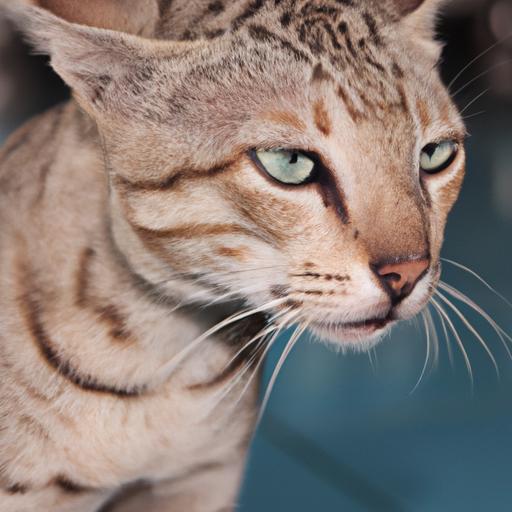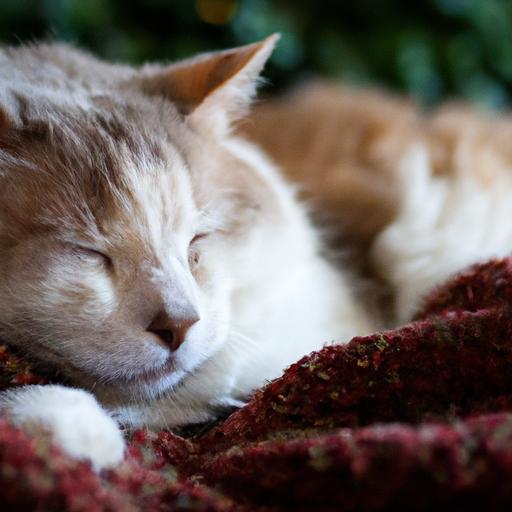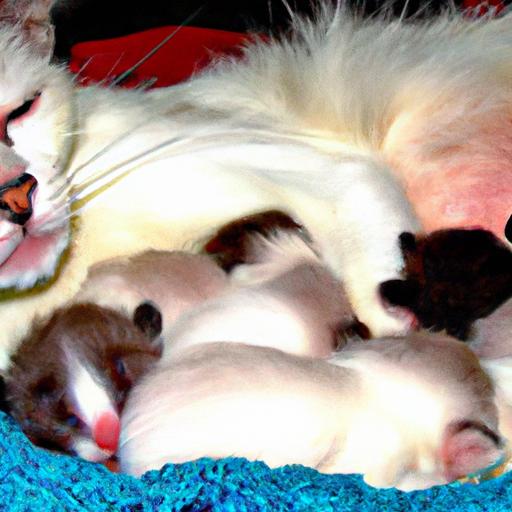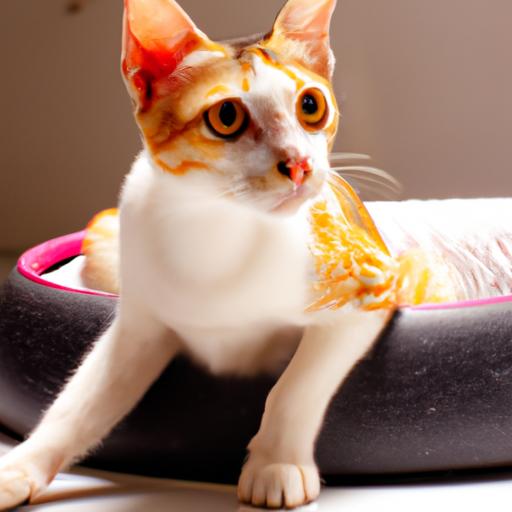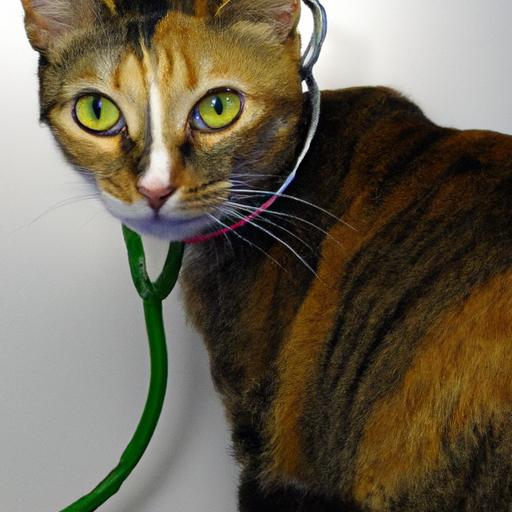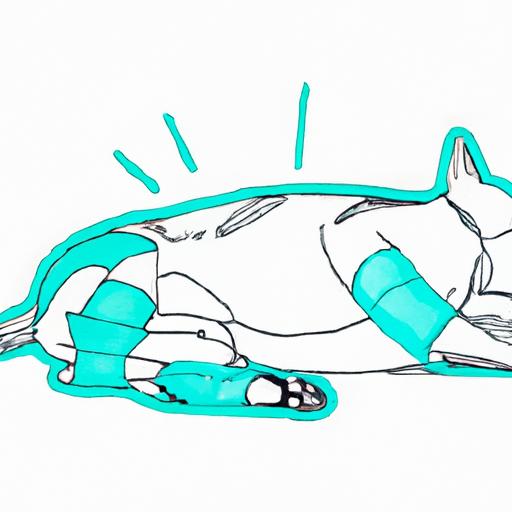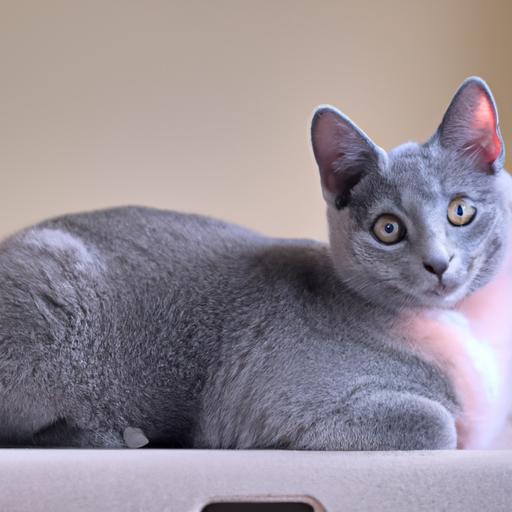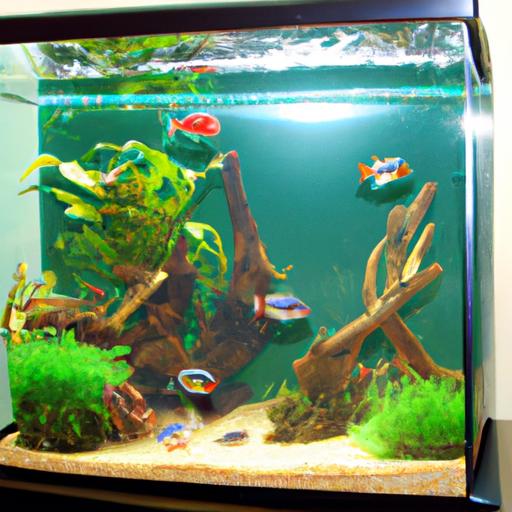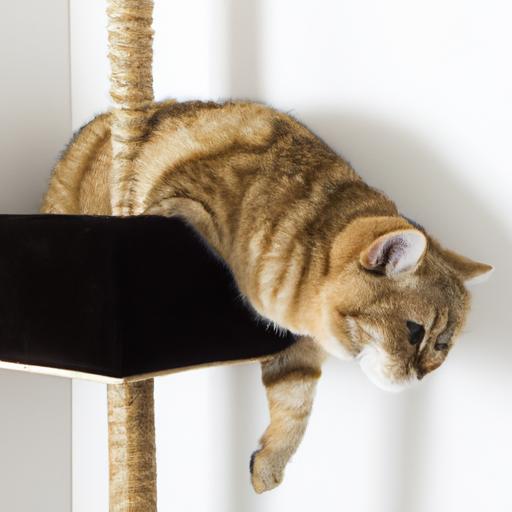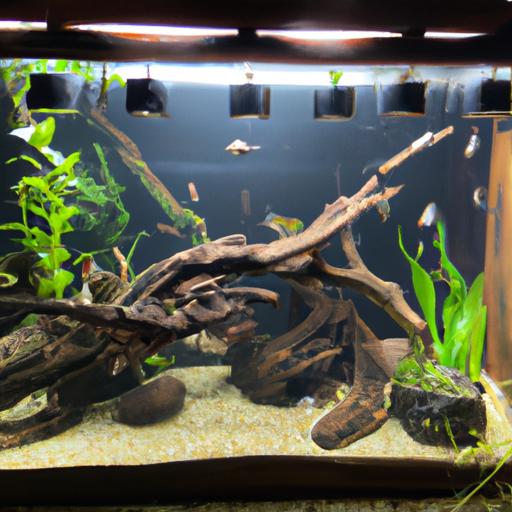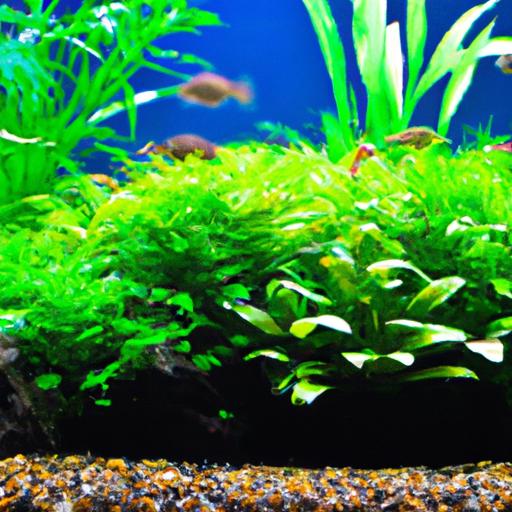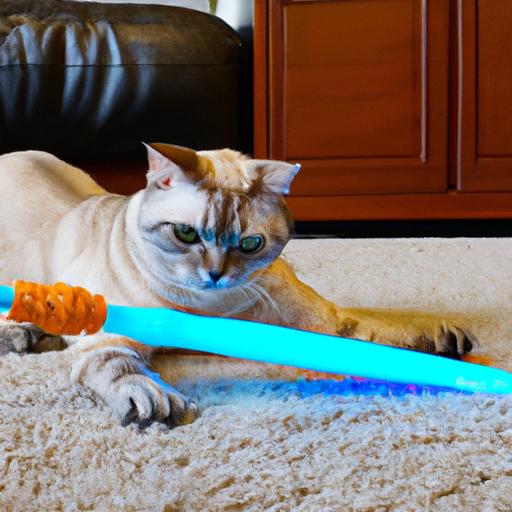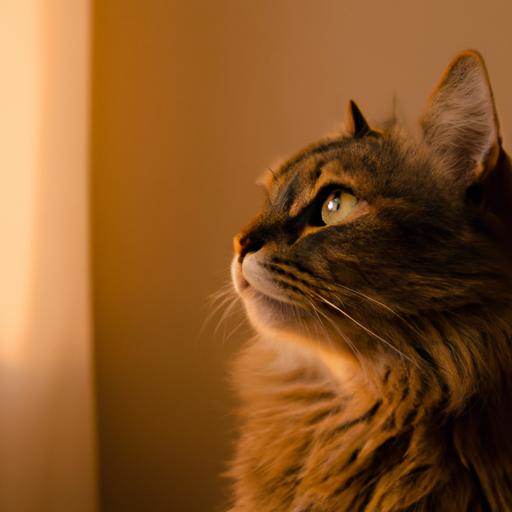
Understanding Feline Nasopharyngeal Stenosis
Gain insights into the causes, symptoms, treatment options, and long-term management of feline nasopharyngeal stenosis. Understanding Feline Nasopharyngeal Stenosis for a healthier feline companion.
Introduction
Welcome to our comprehensive guide on understanding feline nasopharyngeal stenosis, a condition that affects our feline friends. In this article, we will delve into the causes, symptoms, diagnosis, available treatment options, and long-term management of this condition. By gaining a better understanding of feline nasopharyngeal stenosis, you can ensure the well-being of your beloved feline companion.
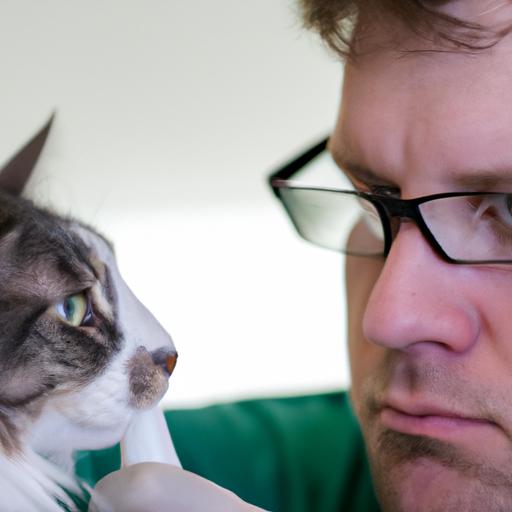
Understanding Feline Nasopharyngeal Stenosis
Feline nasopharyngeal stenosis refers to the narrowing of the nasopharynx, which is the upper part of the throat located behind the nasal cavity. This condition can be congenital or acquired, and it can significantly impact a cat’s ability to breathe properly. Let’s explore the key aspects of feline nasopharyngeal stenosis.
Causes and Risk Factors
The exact causes of feline nasopharyngeal stenosis are not yet fully understood. However, there are certain factors that are believed to contribute to the development of this condition. Congenital stenosis may occur due to genetic abnormalities, while acquired stenosis can be caused by chronic inflammation, trauma, or tumors in the area. Certain breeds, such as Siamese and Himalayan cats, are also more predisposed to developing this condition.
Symptoms and Diagnosis
Recognizing the symptoms of feline nasopharyngeal stenosis is crucial for early detection and prompt treatment. Common signs include difficulty breathing, snoring or wheezing sounds, nasal discharge, sneezing, and even gagging or retching. If you notice any of these symptoms in your furry companion, it’s essential to seek veterinary assistance.
To diagnose feline nasopharyngeal stenosis, your veterinarian may perform a thorough physical examination and conduct additional tests. These may include endoscopy, radiography, or advanced imaging techniques like computed tomography (CT) scans. Accurate diagnosis is vital for determining the severity of the condition and formulating an appropriate treatment plan.
Available Treatment Options
The treatment approach for feline nasopharyngeal stenosis depends on various factors, such as the cat’s overall health, the severity of the condition, and the underlying cause. In less severe cases, medications like corticosteroids or antibiotics may be prescribed to reduce inflammation or control infections. However, if the stenosis is severe or if conservative treatments fail, surgical intervention may be necessary.
Surgical options include balloon dilation, laser surgery, or even a minimally invasive technique called stenting. These procedures aim to widen the narrowed passage and restore normal airflow. Your veterinarian will determine the most suitable treatment approach based on your cat’s unique situation.
Prognosis and Long-Term Management
The prognosis for feline nasopharyngeal stenosis varies depending on the individual cat and the severity of the condition. In some cases, successful treatment can lead to a significant improvement in breathing and overall quality of life. However, it’s important to note that this condition may not be completely curable, and long-term management might be necessary to maintain your cat’s respiratory health.
Regular follow-up visits with your veterinarian are crucial to monitor the progress and adjust the treatment plan if needed. Your veterinarian may recommend lifestyle modifications, such as avoiding environmental triggers or allergens, and ongoing medication to manage any underlying inflammation or infections. By adhering to the prescribed treatment and monitoring, you can help your feline friend lead a comfortable and fulfilling life.
FAQ on Feline Nasopharyngeal Stenosis
What are the common signs of this condition?
Common signs of feline nasopharyngeal stenosis include difficulty breathing, snoring or wheezing sounds, nasal discharge, sneezing, and gagging or retching. If you notice any of these symptoms, it’s essential to consult your veterinarian for proper diagnosis and treatment.
How is feline nasopharyngeal stenosis diagnosed?
Diagnosis of feline nasopharyngeal stenosis involves a thorough physical examination by a veterinarian, along with additional tests such as endoscopy, radiography, or CT scans. These diagnostic procedures help in evaluating the severity of the condition and determining the most appropriate treatment plan.
Can this condition be prevented?
Unfortunately, there are no known preventive measures for feline nasopharyngeal stenosis. However, being aware of the common signs and risk factors can help in early detection and prompt treatment, improving the chances of a positive outcome.
Are there any alternative treatments for feline nasopharyngeal stenosis?
While surgical intervention is often the primary treatment for severe cases of feline nasopharyngeal stenosis, there may be alternative treatments available depending on the individual cat and the specific circumstances. It’s important to consult with a veterinarian to explore all possible options and determine the best course of action.
Conclusion
In conclusion, understanding feline nasopharyngeal stenosis is crucial for the well-being of our feline companions. By recognizing the symptoms, seeking timely veterinary assistance, and exploring available treatment options, we can provide the necessary care and support to ensure a better quality of life for our cats. Remember, early detection and proper management are key to helping our furry friends breathe freely and thrive.

